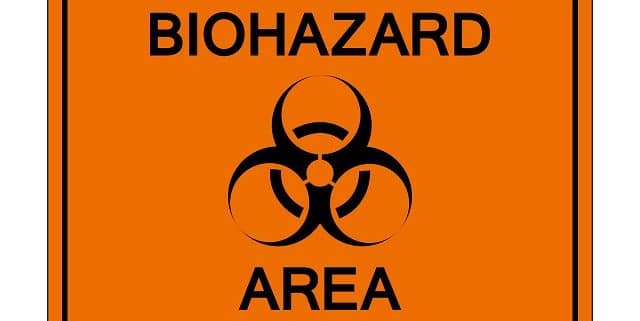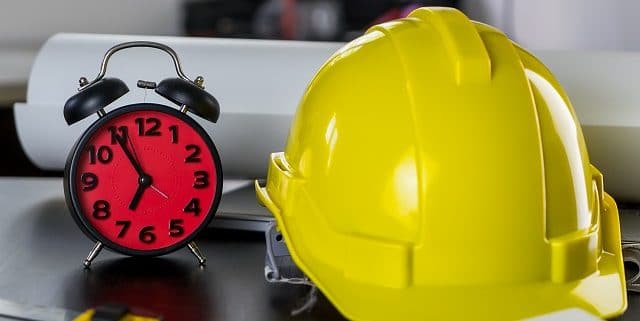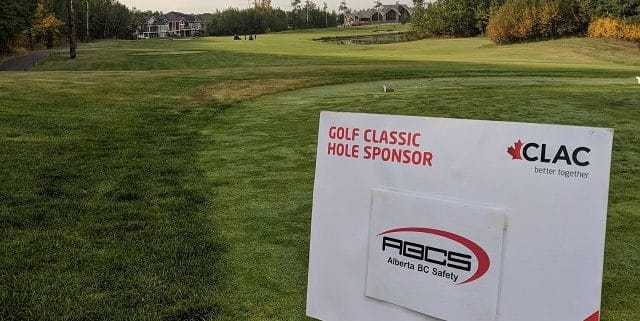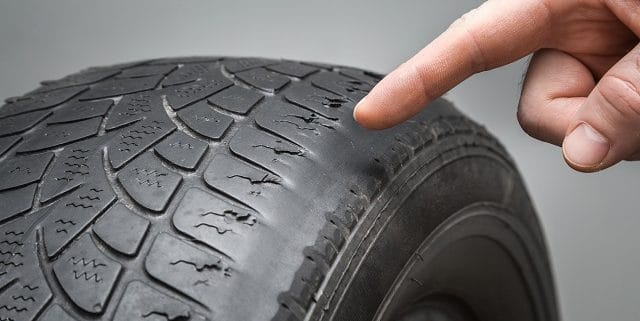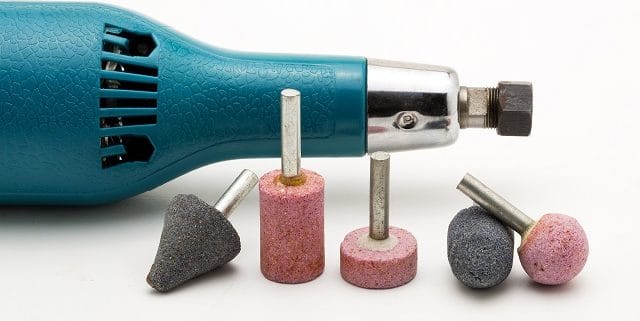Winter Driving – Part 1
I can’t believe this post came so early this year but with the recent dump of snow in Alberta and parts is B.C., we should go over winter driving safety. Good Ol’ Canadian weather eh? I know as Canadians we think we are expert winter drivers but sadly that’s not the case. 30% of all car accidents are snow related. Here are a few reminders to keep you and your vehicle in between the mustard and the mayo and out of the ditch.
Always do your walk around. Check your tires, make sure they are compatible with ice and snow and the tread is safe. Fill up washer fluid, clean your windows and head and tail lights. Give yourself extra time to get to your destination, speeding is a no-no, especially on ice and snow. Depending on how bad the roads are, you may need to go slower than the posted speed limit and that’s okay. Speaking of going slow… If someone in front of you is driving slow, don’t ride their tail end. Slippery conditions make slowing or stopping take way longer, meaning they might be annoying you but when you slam into them it’s your fault, not theirs. Keep your cool and try to be patient, everyone has different levels of experience or familiarity behind the wheel during bad weather. For a flurry of more tips, slide on over to part 2.



